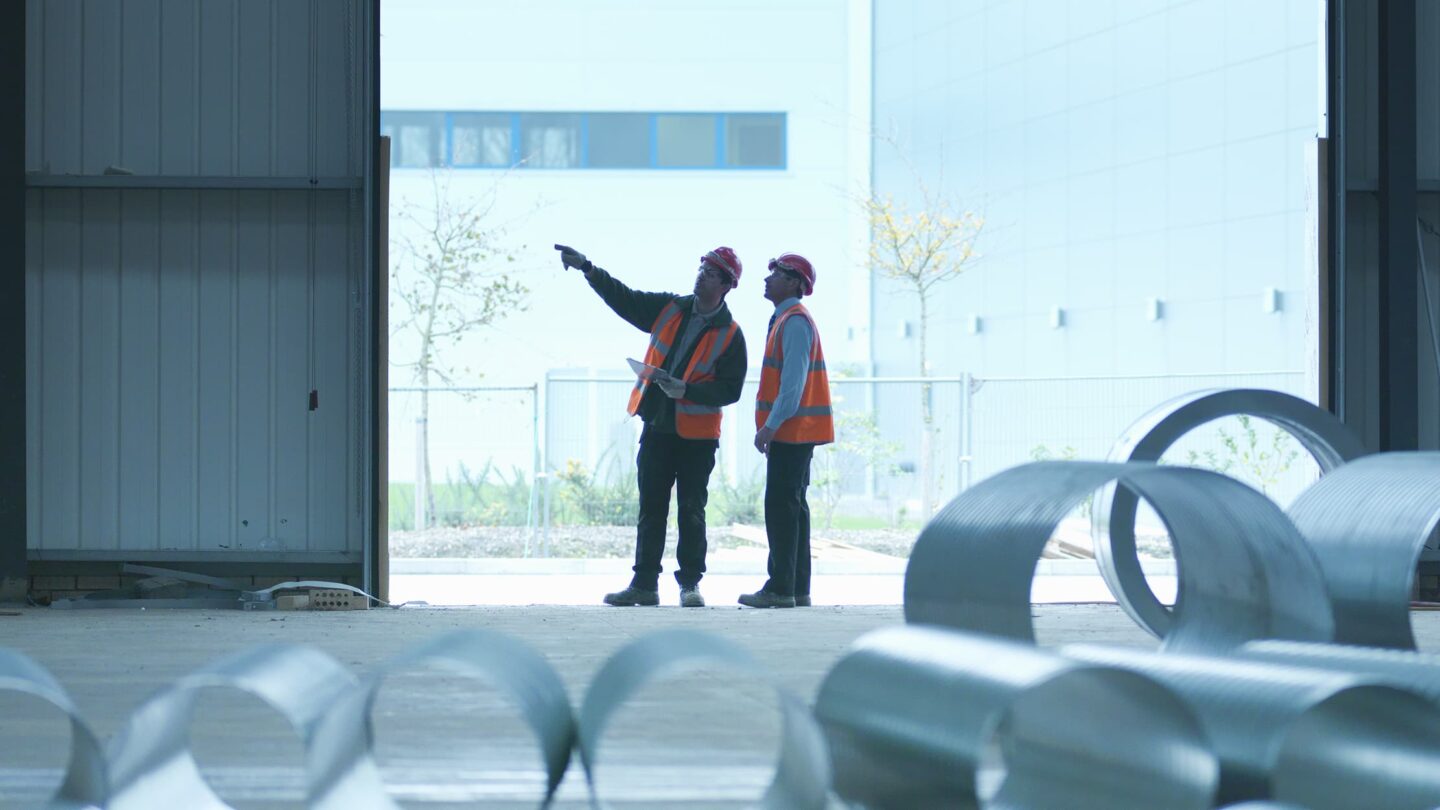Construction
7 signs it’s time to invest in construction-specific software

“Is it time to invest in construction-specific software?”
This is a question nearly every contractor asks at some point as their business evolves. Perhaps you are, too. And like many of your peers, you may be finding it difficult to answer. After all, new software implementations can be expensive, time consuming, and disruptive.
So how can you be sure that it’s time to invest in construction-specific software? Here are 7 common problems related to key facets of construction. The more that apply to you, the more likely you’re ready to invest in construction-specific software.
1. Hours spent in accounting and admin-related tasks decrease productivity and profitability
- You spend hours reconciling your books.
- It’s not immediately clear what needs to be billed or paid.
- Field personnel continually calls the office or stops by to get information or assistance.
- Closing the books and producing financial statements is a time consuming, manual process.
2. Change orders are a continued source of frustration
- You miss change order approvals.
- Your process for tracking change orders is complicated.
- You have on occasion failed to capture the information necessary to submit a change order.
3. Manual processes are slowing you down
- You have a manual process for tracking committed costs to actual costs, and often don’t know actual costs until a job is completed.
- You often fall behind knowing your actual labor costs, which can hurt profitability.
- Some jobs don’t make money. If you had the right information during the job, you could have made a different decision and made a profit.
- You do not have access to information indicating when job costs may soon exceed the budget.
4. Reports are often inaccurate or don’t convey a complete picture
- Most of your construction-specific reports, such as a certified payroll, or union reports are manually created, making it a long workday when you need them.
- You don’t have access to the reports necessary to confirm which jobs or which aspects of the work bring in the best margin.
5. Estimates are often wrong
- You create estimates in spreadsheets, and often miss costs or discover inaccuracies.
- Your process for setting up new jobs from estimates is a manual process, requiring duplicate data entry when transferring information into accounting, to initiate documents, such as purchase orders.
- Tracking how you perform on a job against the original budget is only known after combining numbers together.
6. Project management is non-existent or there’s not a clearly-defined process in place
- You are not automatically alerted when things need attention, such as insurance about to expire, or outstanding lien waivers.
- You often spend time searching for the most recent project document, such as RFIs, submittals, transmittals, or the latest approved drawings.
- You constantly contact the office for information because you don’t have access to drawings, specifications, submittals, etc.
7. Service management is unorganized
- Technicians on site are constantly calling the office for customer site information such as equipment repair history, specifications, operating manuals, and warranty information.
- Critical inventory parts are unavailable to the technician on site, causing delays in repairs and costly purchases from the field.
- Invoicing work orders is both manual and time consuming, which leads to untimely and inaccurate billings, ultimately causing customer satisfaction issues.
- Scheduling technicians based on current location, skill level, and availability is a highly manual process, leading to costly delays, duplication of effort and inefficient utilization of resource.
- Delays in billing of work orders is leading to poor cash flow.
Making the case for a move to construction-specific software
If even a few of these issues apply to your business, it’s time to seriously consider investing in construction-specific software. It’s likely that your team is performing manual tasks that could be automated, increasing efficiency and accuracy. You may be making decisions based on information that is untimely, inaccurate, or incomplete, eroding profit margins and exposing your company to unnecessary risk.
Five key ways your company will benefit from construction-specific software
Once you make the decision to invest in construction-specific software here are five key benefits a solution built for contractors should deliver:
- Stronger and earlier visibility into the actual status of job costs and expected future performance as projects progress.
- Increase business confidence by connecting construction processes, centralizing financial and operational data within one system, delivering strong audit capabilities, and providing managers with construction-specific reports, alerts and more.
- Reduced errors and redundancy that results when using multiple, disconnected systems, including Microsoft Excel and Word to manage a business.
- Stronger communication between the field and the office to keep projects moving forward. Better communication contributes towards earlier visibility on arising issues before they become problems that drain the bottom line.
- Help to effectively and efficiently comply with governmental, union and other reporting requirements specifically affecting the construction industry. It also handles the complexity associated with owner, general contractor and subcontractor relationships.
Download “Investing in software built for contractors” to learn more.
The four-page assessment will help you further determine whether it’s time to investment in construction-specific software, as well as highlight some of the ways that Sage Construction and Real Estate solutions can help you run your business more efficiently.








If there is a way to create a short cut to calculate the takeoff like the Cntl+S function to save a takeoff would help a lot and save a lot time / increase efficiency